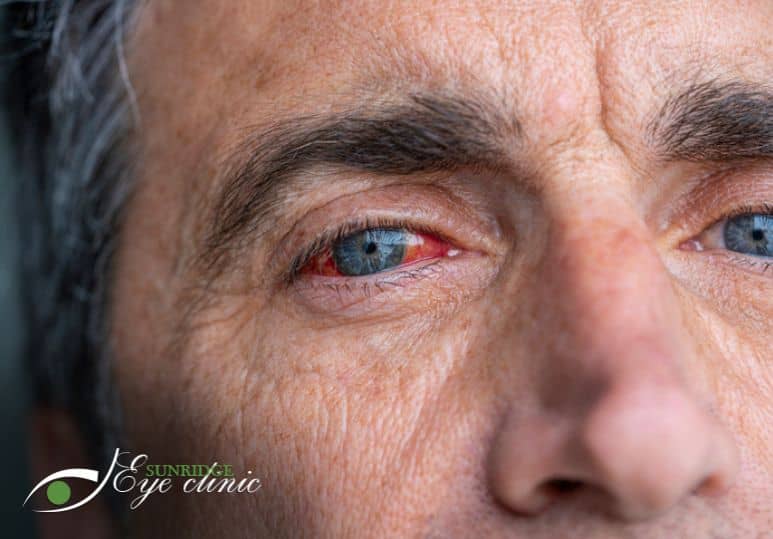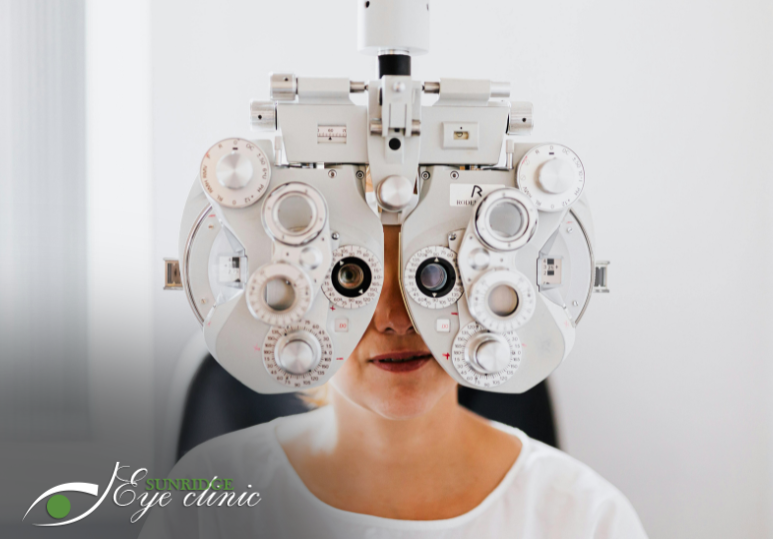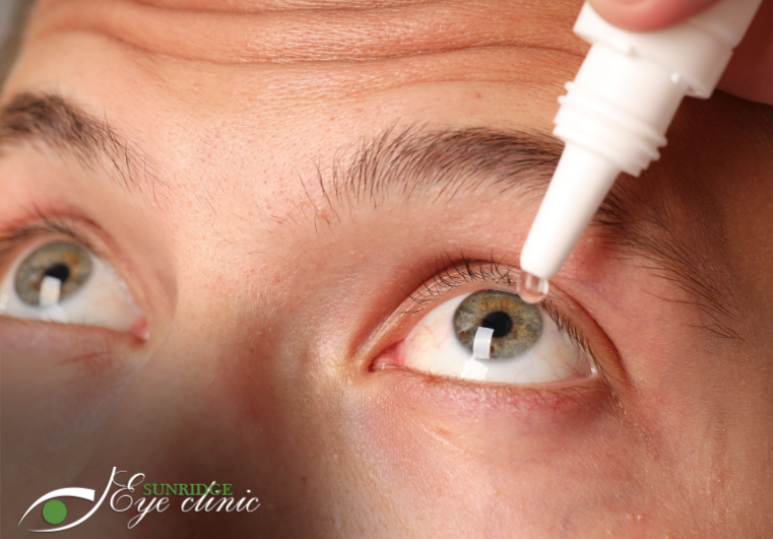Managing Glaucoma
The goal of glaucoma treatment is to lower intraocular pressure (IOP), which is the pressure inside the eye. Elevated IOP is a major risk factor for glaucoma and can lead to damage to the optic nerve. Your optometrist may use a combination of medications, laser therapy, and surgery to manage your glaucoma.
Medication
Medications are often the first line of treatment for glaucoma. There are several different types of eye drops that can be used to lower IOP, including prostaglandin analogs, beta-blockers, alpha agonists, and carbonic anhydrase inhibitors. Your optometrist will determine which medication is most appropriate for you based on your specific needs and medical history.
Laser Therapy
Laser therapy is another option for managing glaucoma. There are two types of laser therapy that may be used: trabeculoplasty and iridotomy. Trabeculoplasty involves using a laser to increase drainage of fluid from the eye, which can help to lower IOP. Iridotomy involves using a laser to create a small hole in the iris, which can improve the flow of fluid in the eye and lower IOP.
Surgery
In some cases, surgery may be necessary to manage glaucoma. There are several different types of surgery that can be used, including:
- Trabeculectomy: Trabeculectomy involves creating a new drainage channel for fluid to leave the eye
- Drainage Implants: Drainage implants are small devices placed in the eye to improve drainage
- Cyclophotocoagulation: Cyclophotocoagulation involves using a laser to reduce the production of fluid in the eye
Once your optometrist has developed a treatment plan for your glaucoma, it is important to follow their instructions carefully. This may include using eye drops as prescribed, attending regular follow-up appointments, and making lifestyle changes such as quitting smoking and maintaining a healthy weight. Your optometrist will monitor your condition closely and make adjustments to your treatment plan as necessary.
In addition to managing your glaucoma, your optometrist may also provide education and support to help you manage the condition. This may include information on how to use eye drops correctly, strategies for managing the side effects of medications, and advice on lifestyle changes that can help to reduce the risk of vision loss.
There are no known ways to prevent glaucoma, however, there are some steps you can take to delay the onset of the disease and decrease your risk of severe eye damage or blindness. For more information, read Can Glaucoma Be Prevented?.
Glaucoma Treatment And Management At Sunridge Eye Clinic
Glaucoma is a serious condition that requires prompt diagnosis and treatment. Optometrists are equipped to manage glaucoma and prevent vision loss using a variety of treatments, including medications, laser therapy, and surgery. If you are diagnosed with glaucoma, it is important to work closely with your optometrist to develop a treatment plan that is tailored to your specific needs. By following your optometrist's instructions and attending regular follow-up appointments, you can help to prevent vision loss and maintain your quality of life.
To find out if you are at risk of glaucoma or if you need to book an eye exam to check the quality of your vision, contact Sunridge Eye Clinic. Our experienced optometrists can assess your vision and develop a personal treatment plan to help you see clearly. Book a comprehensive or senior eye exam today by calling 1-403-280-7518 or book online.
FAQ
Q: At what age do adults start developing glaucoma?
A: Individuals 55+ are the most at risk of developing glaucoma.
Q: How long is a comprehensive eye exam?
A: A comprehensive eye exam will last anywhere from 30 minutes to an hour depending on the tests performed by your optometrist.
Q: Is there a cure for glaucoma?
A: Unfortunately there is no cure for glaucoma. There are some treatments that can halt the progression of the disease such as prescribed medications.






